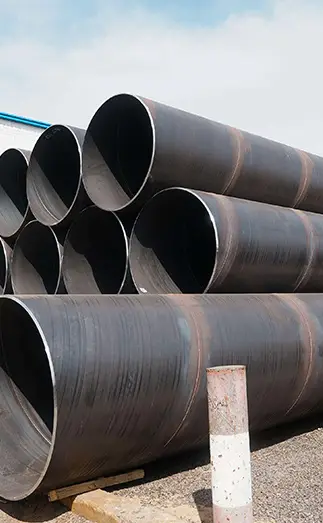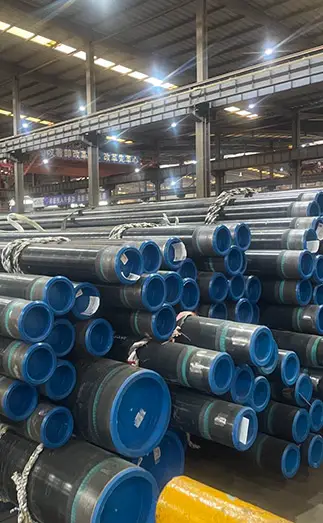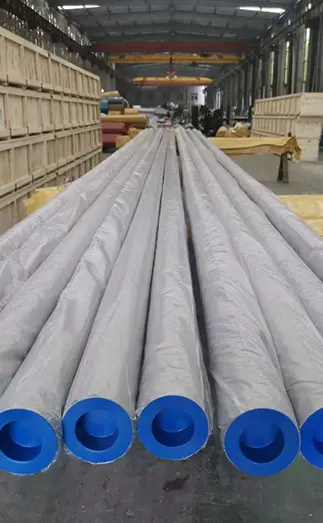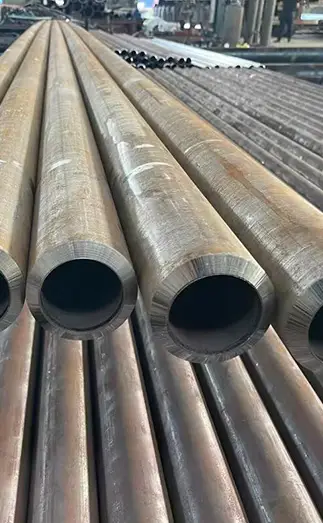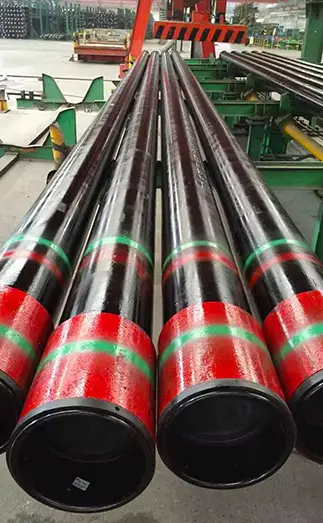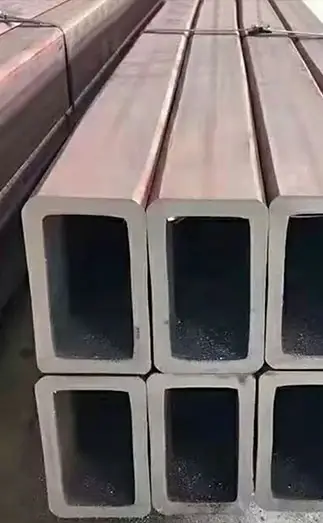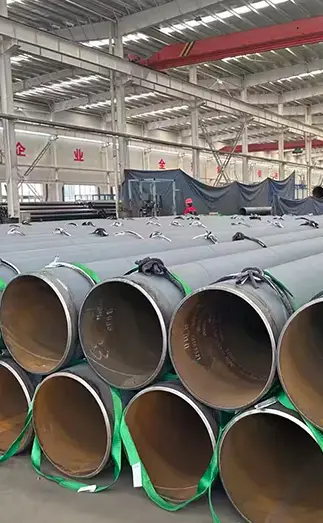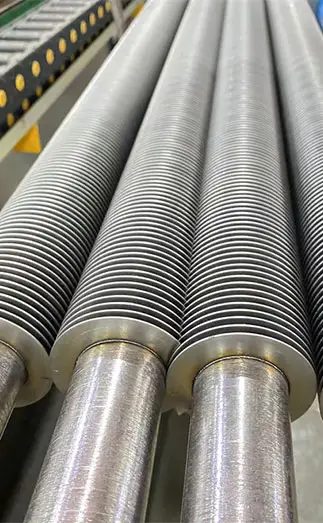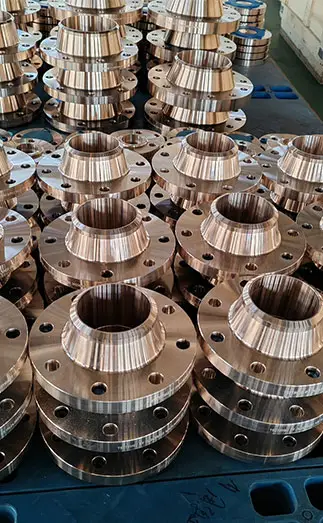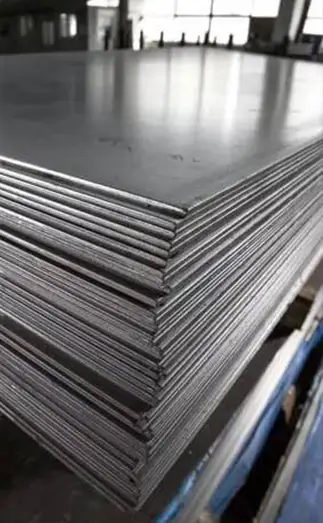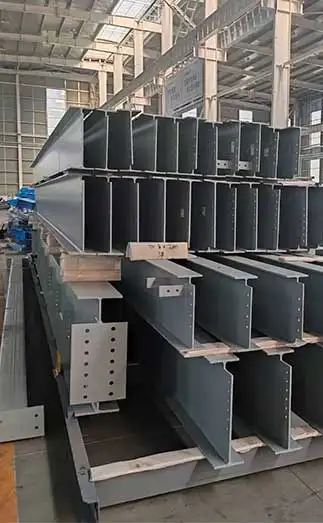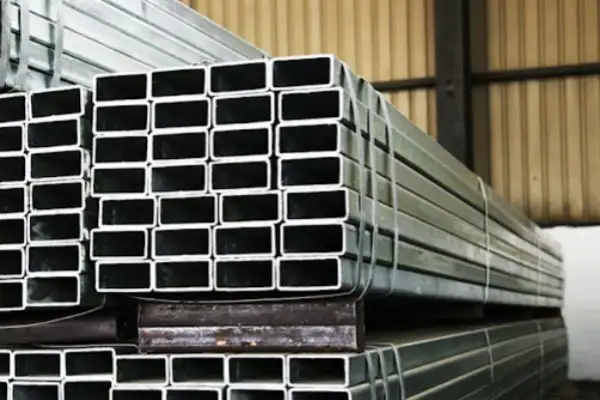ASTM A335 P22 seamless steel pipes are widely used in high-temperature, high-pressure applications such as power stations, petrochemical plants, and oil refineries. These pipes are part of the ASTM A335 standard for ferritic alloy steel, designed for elevated temperature service. Below is a complete guide covering the key specifications, chemical composition, mechanical properties, production processes, and surface quality control of ASTM A335 P22 alloy seamless pipes.
Super Steel Manufacturing Co.,Ltd is professional seamless steel pipe manufacturer, for more details, please contact:sales@super-steels.com
ASTM A335 P22 Seamless Steel Pipe Compliance Requirements
All ASTM A335 P22 seamless steel pipes must comply with TSG D7002 pressure piping component type test regulations. This ensures reliable and safe use in critical pressure-bearing systems.
ASTM A335 P22 Seamless Pipe Specifications
Outer Diameter: 21.3 mm – 762 mm
Wall Thickness: 2.0 mm – 140 mm
These size ranges support diverse industrial applications from small-scale piping to large transmission lines.
ASTM A335 P22 Pipe Chemical Composition
The alloy composition of ASTM A335 P22 seamless steel pipe ensures excellent thermal resistance and mechanical strength:
|
Element
|
Composition (%)
|
|
Carbon (C)
|
0.05 – 0.14
|
|
Manganese (Mn)
|
0.30 – 0.60
|
|
Phosphorus (P)
|
≤ 0.025
|
|
Sulfur (S)
|
≤ 0.025
|
|
Silicon (Si)
|
≤ 0.50
|
|
Chromium (Cr)
|
1.90 – 2.60
|
|
Molybdenum (Mo)
|
0.87 – 1.13
|
|
Nickel (Ni)
|
≤ 0.50
|
This composition helps maintain corrosion resistance and structure stability at elevated temperatures.
Mechanical Properties of ASTM A335 P22 Seamless Steel Pipes
Tensile Strength: ≥ 415 MPa
Yield Strength: ≥ 205 MPa
Elongation: ≥ 30%
Hardness: ≤ 163 HBW
These mechanical parameters allow A335 P22 alloy steel pipes to perform reliably under mechanical stress and high temperature.
Manufacturing Methods of ASTM A335 P22 Seamless Pipes
ASTM A335 P22 seamless steel pipes are manufactured through:
Cold Drawing
Hot Rolling
Hot Expansion
All products are delivered in a heat-treated condition, ensuring optimal microstructure and mechanical performance.
Surface Quality and Defect Inspection for ASTM A335 P22 Pipes
Surface Inspection Standards
Manufacturers must inspect for visible surface defects and measure representative areas to ensure defect depth compliance. Surface flaws exceeding 12.5% of the nominal wall thickness or affecting the minimum wall thickness are classified as harmful defects.
Acceptable Surface Defects Must Be Handled As Follows:
Grinding: Minor surface defects can be removed if the remaining wall thickness meets standard requirements.
Cutting: Defective pipe sections can be removed within the allowable length tolerance.
Welding Repair: Permitted according to applicable welding standards.
Common Defects Requiring Grinding on ASTM A335 P22 Seamless Pipes
The following surface flaws must be ground and removed:
Mechanical scratches and dents deeper than 1.6 mm
Visible damage exceeding 5% of the nominal wall thickness, including:
Scratches
Pits
Wrinkles
Burrs
Scars from steel ball or mill contact
If these surface flaws, although technically acceptable, affect overall pipe appearance and quality perception, buyer approval is required. The decision must be negotiated between the manufacturer and purchaser.
Surface Grinding and Wall Thickness Control
When surface defects are ground away:
Ensure smooth transitions with no sharp edges
Maintain wall thickness above the standard minimum
Use mechanical calipers or certified NDT equipment for measurement
In case of dispute, mechanical caliper readings prevail
Conclusion
ASTM A335 P22 seamless steel pipes offer outstanding durability, thermal resistance, and corrosion resistance, making them an excellent choice for high-temperature and high-pressure service. By adhering to strict chemical, mechanical, and surface quality standards, these alloy pipes ensure long-term performance and safety in industrial environments.



 English
English Español
Español Français
Français بالعربية
بالعربية